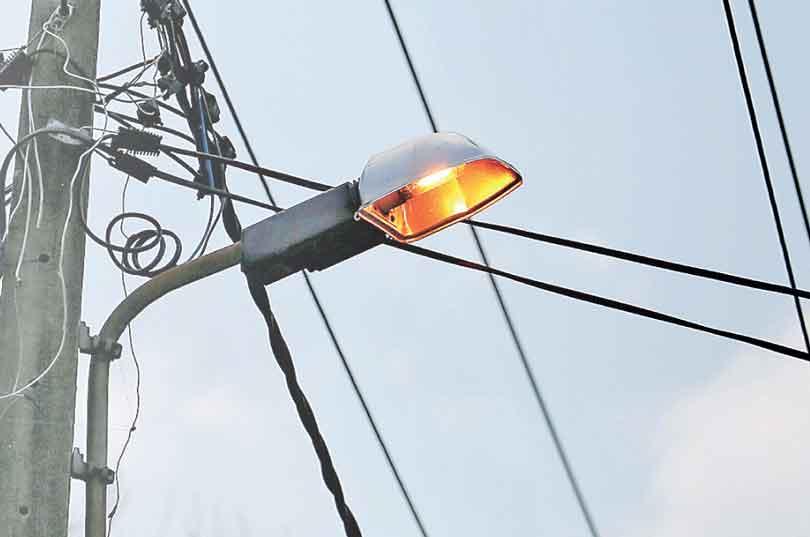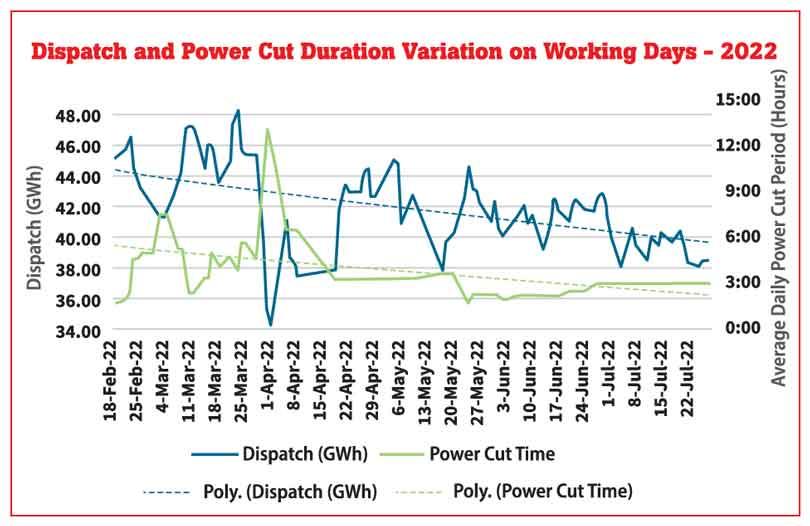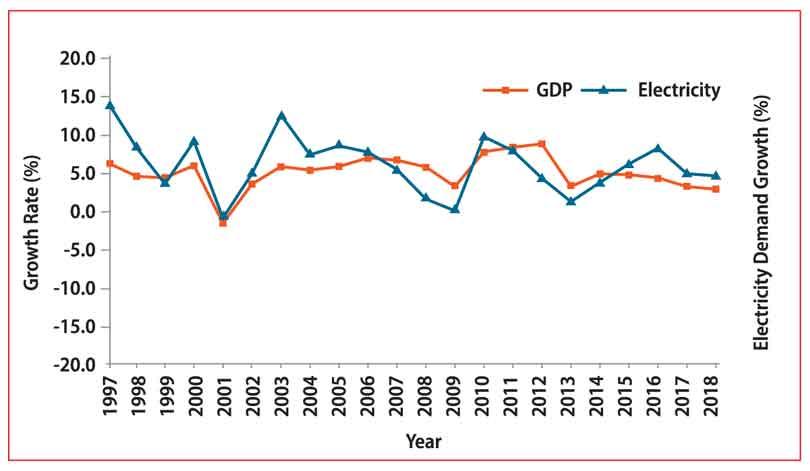Reply To:
Name - Reply Comment
 The demand for electricity stands as a highly representative and reliable indicator of economic activity
The demand for electricity stands as a highly representative and reliable indicator of economic activity
(Pic Reuters)
 The fact that Sri Lanka is faced with its worst economic crisis in the modern history is everybody’s knowledge today. Unfortunately, what is not perhaps anybody’s knowledge is how steep and rapid the downturn is, and the depths it is headed toward – for the latter would depend largely on the measures that would be adopted for containment and recovery.
The fact that Sri Lanka is faced with its worst economic crisis in the modern history is everybody’s knowledge today. Unfortunately, what is not perhaps anybody’s knowledge is how steep and rapid the downturn is, and the depths it is headed toward – for the latter would depend largely on the measures that would be adopted for containment and recovery.
While the official statistics on the traditional indicators of the country’s economic performance during the second quarter of 2022, where the impact of the crisis was beginning to manifest in unprecedentedly dangerous proportions, remain yet to be released, an unmistakable indicator of the real economic performance namely electricity-demand reveals the dark reality.
Electricity being the chief energizer of the country’s economic engine, the demand for electricity stands as a highly representative and reliable indicator of economic activity. The correlation between electricity-demand and economic growth is a well-established empirical relationship, and it is distinctively evident from the graph given in the figure-1 below which plots the two entities from 1997 onwards.

Next comes the more alarming graph, the one that plots electricity demand (which is represented in terms of the daily average of the total energy dispatched to the electricity grid, based on electricity-demand) and the average duration of daily power cuts. This is analysed in figure 2 below which plots the variation of those two quantities for the period February-July 2022.
The daily average of dispatched energy, and hence the demand, which has stood around 44.4 GWh (Giga Watt Hours) in mid-February has reduced to around 39.7 GWh by mid-July 2022. Notably, this has happened while the average duration of daily power cuts reduced from around 5.7 hours a day in February 2022 to around 2.3 hours day by July 2022. This shrinking demand for electricity is also to be contrasted against the fact that the electricity demand stood around 50GWh even in-between the Covid-19 lockdowns.
It is a common sense fact that under normal circumstances, the electricity demand should be on an increasing trend, rather than decreasing, when the duration of power-cuts is decreasing. Thus, the steady decrease in electricity demand observed above indicates the dark reality of our economic performance, i.e. the rapid and steep shrinkage in Sri Lanka’s national economy.
The country witnesses this dark reality unfolding on the ground with continually increasing intensity every passing day: construction industry falling to the lowest levels in the recent history, factories closing down, multinationals increasingly shifting their operations to destinations outside Sri Lanka, hospitality industry falling to unprecedented levels, and many more.
So, the crucial implication of this anomalous trend of electricity demand in the midst, and regardless, of reduced durations of daily power-cuts is that the magnitude of the economic downtown the country is experiencing, and the depths it is headed for, are most likely to be much worse and disastrous than the current official estimates claimed by the government.

It is the utmost duty of the government to rise to this reality and take immediate measures to scientifically formulate, and credibly implement, effective strategies to contain, and initiate recovery from, this crisis that keeps deepening by the day, for which we have clearly put before the country our proposals many months ago.
(This writer is the Former Minister of Power and Energy)